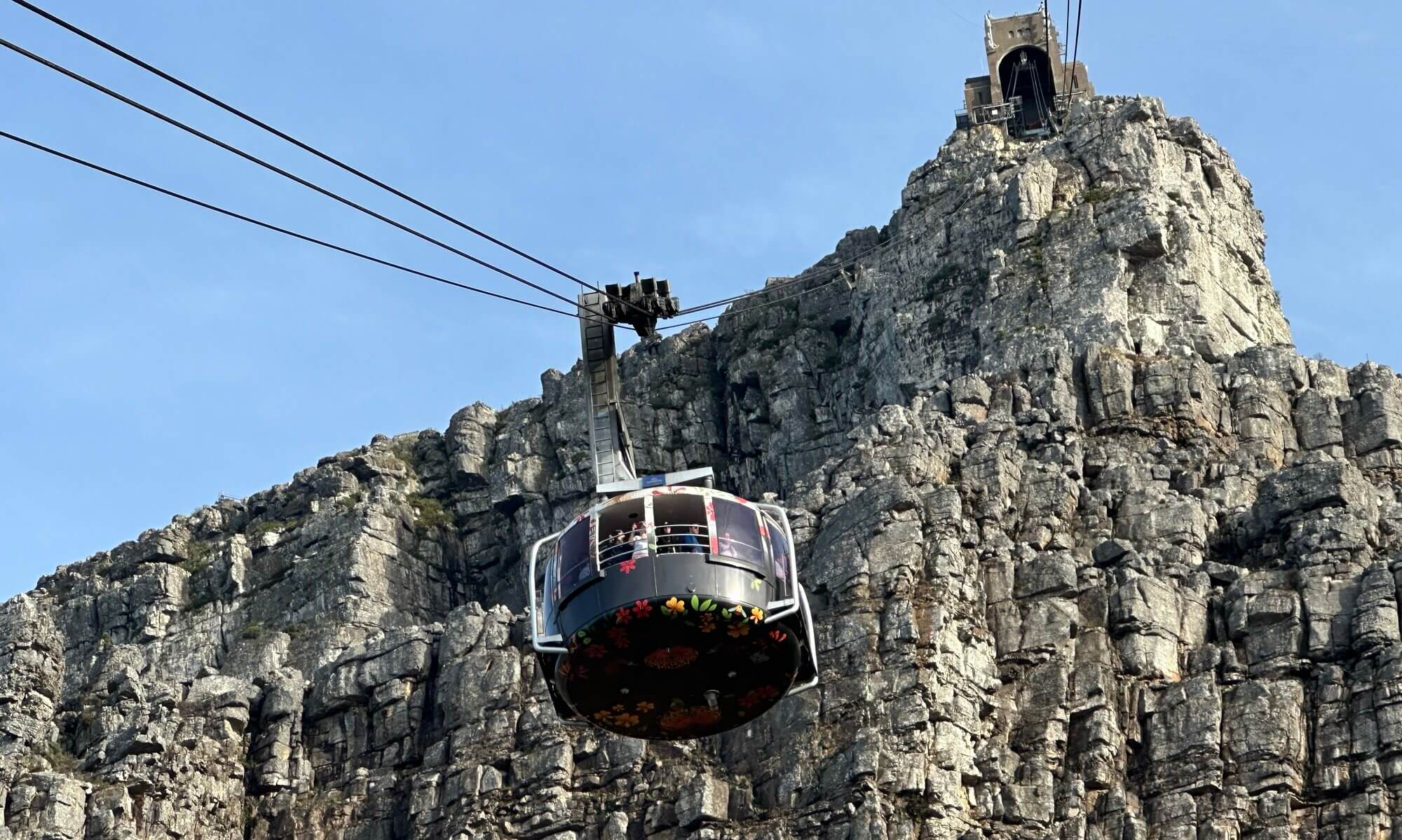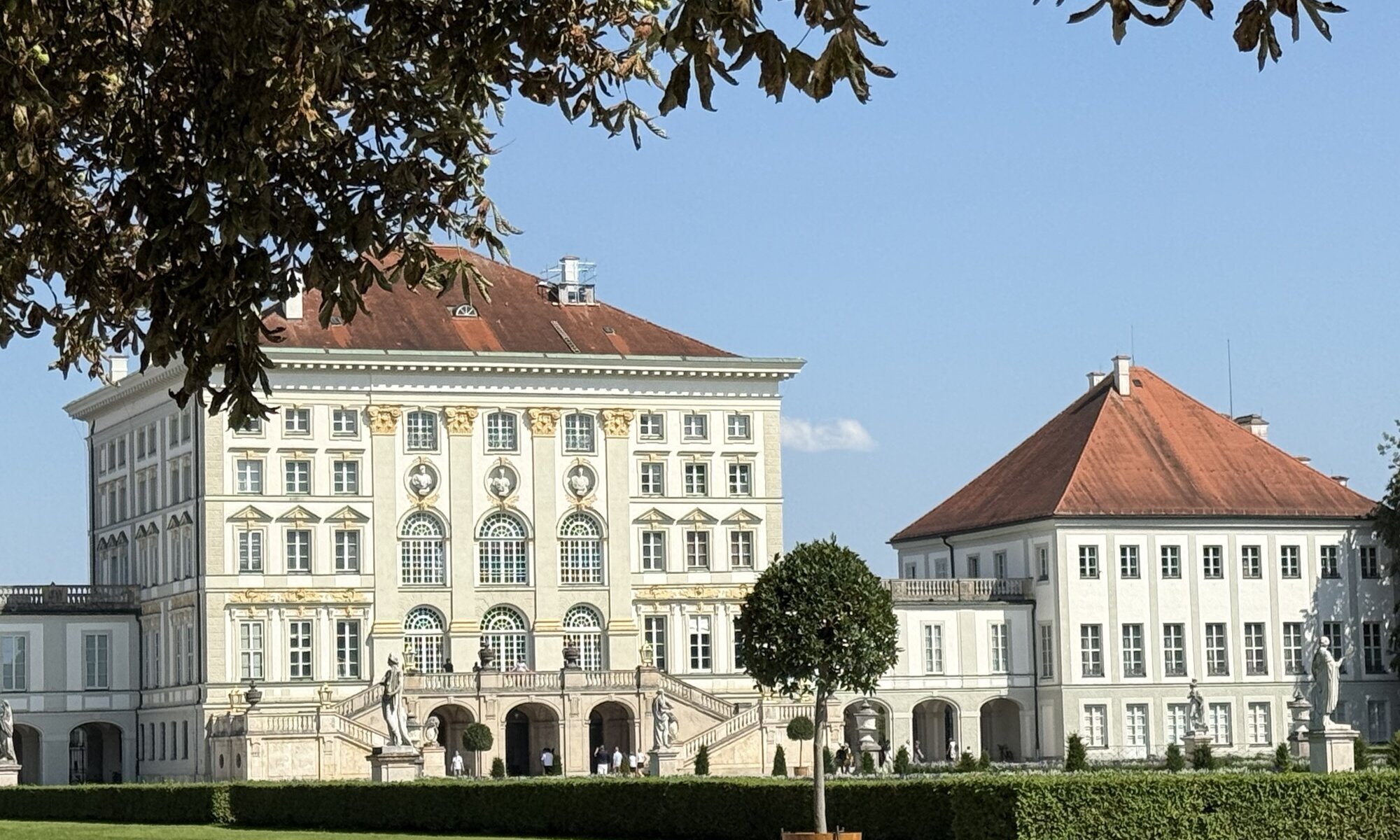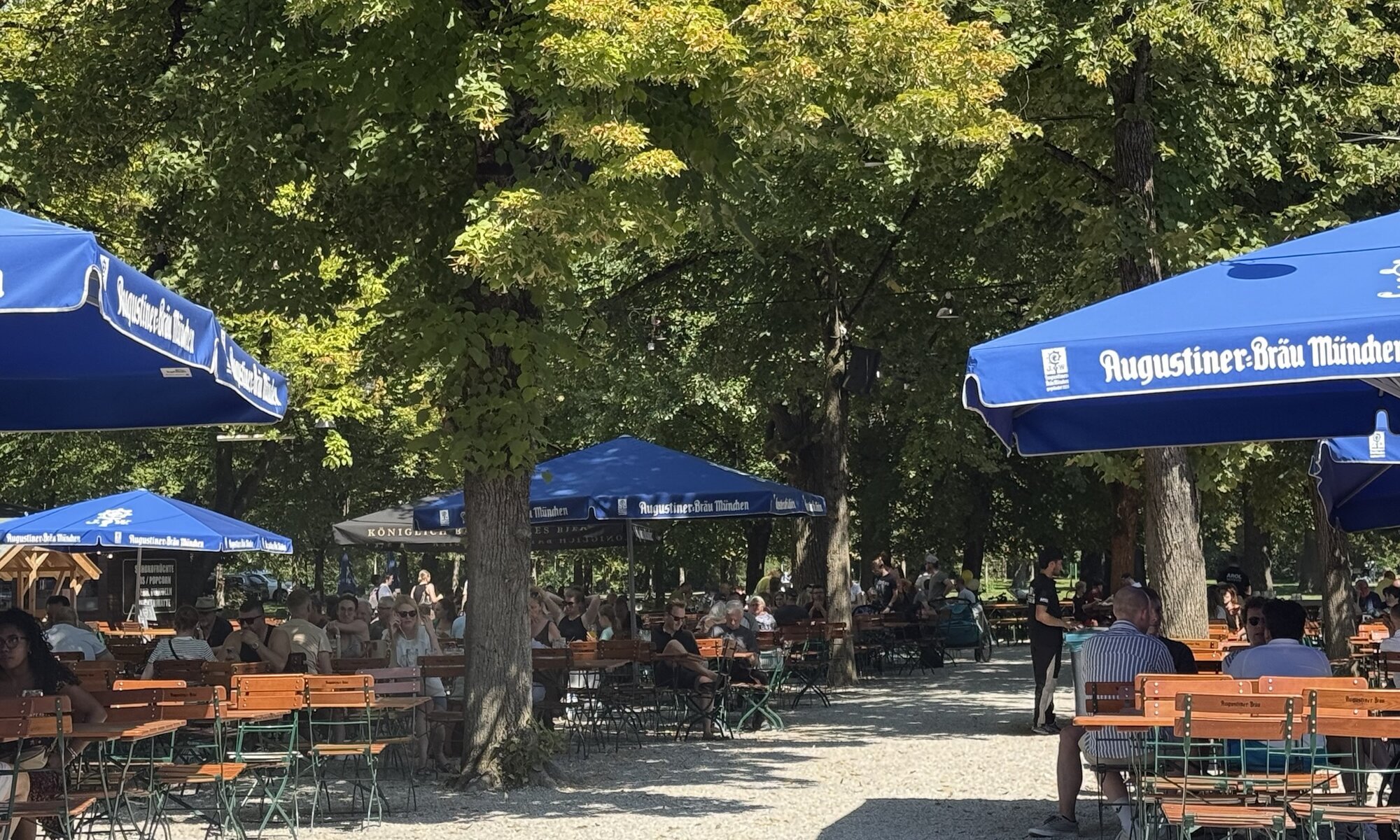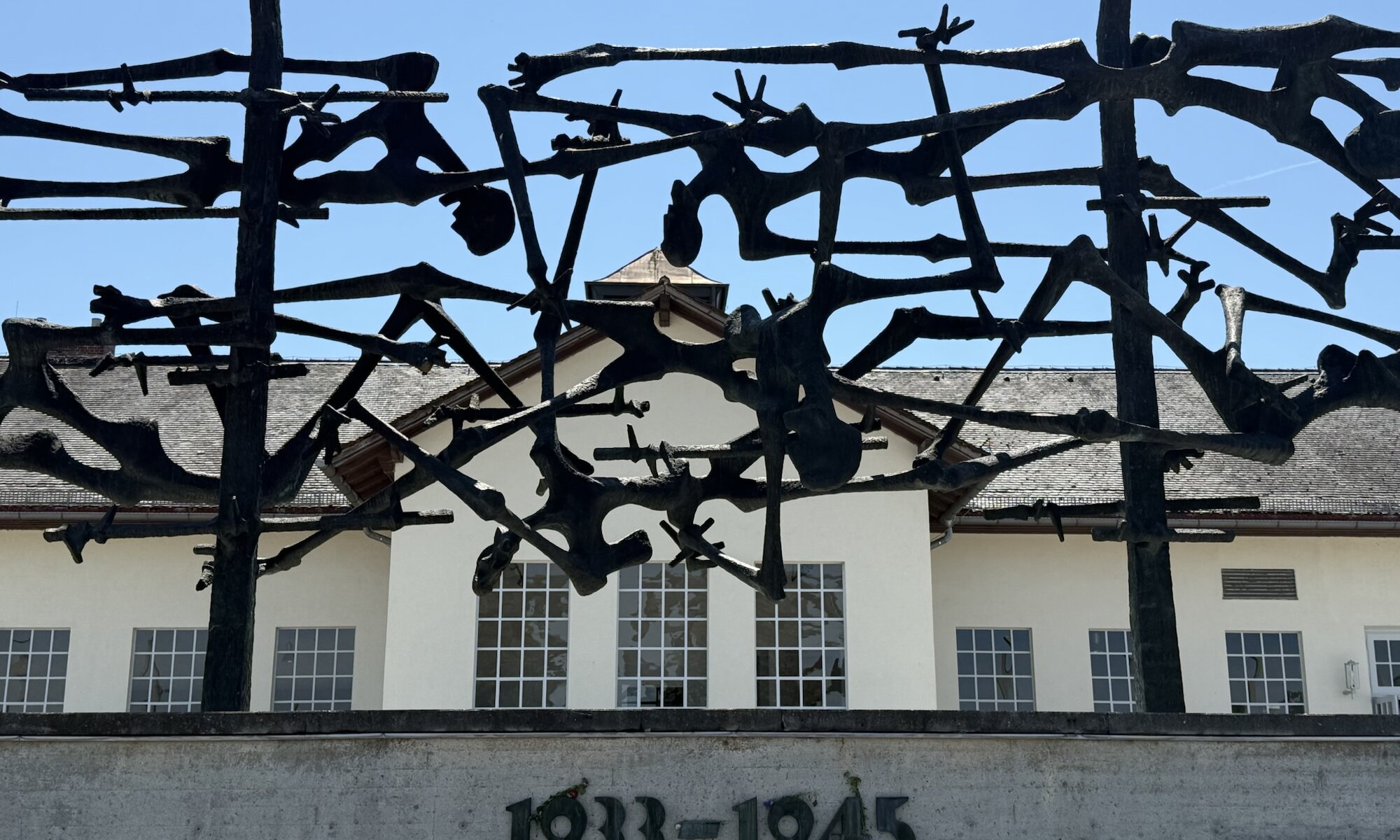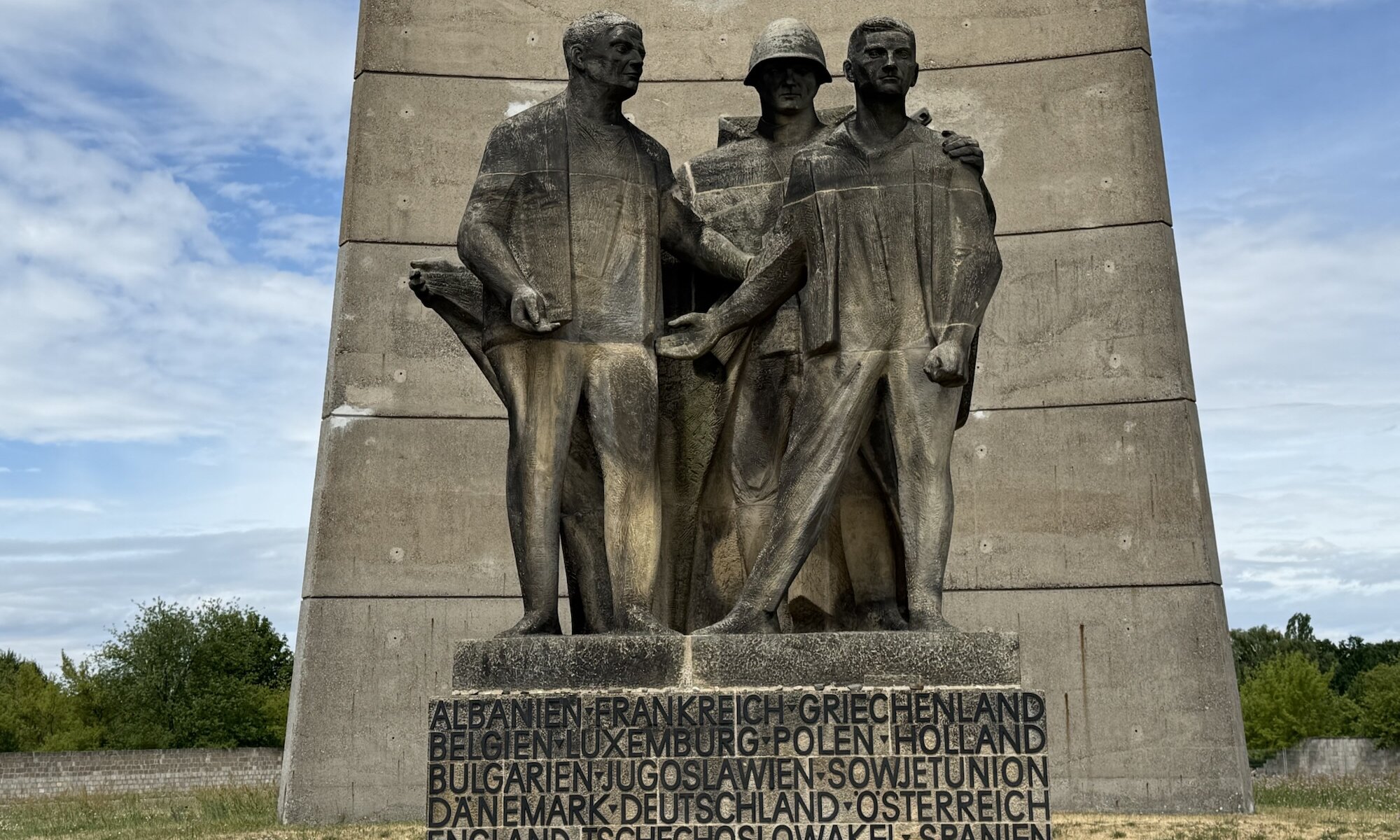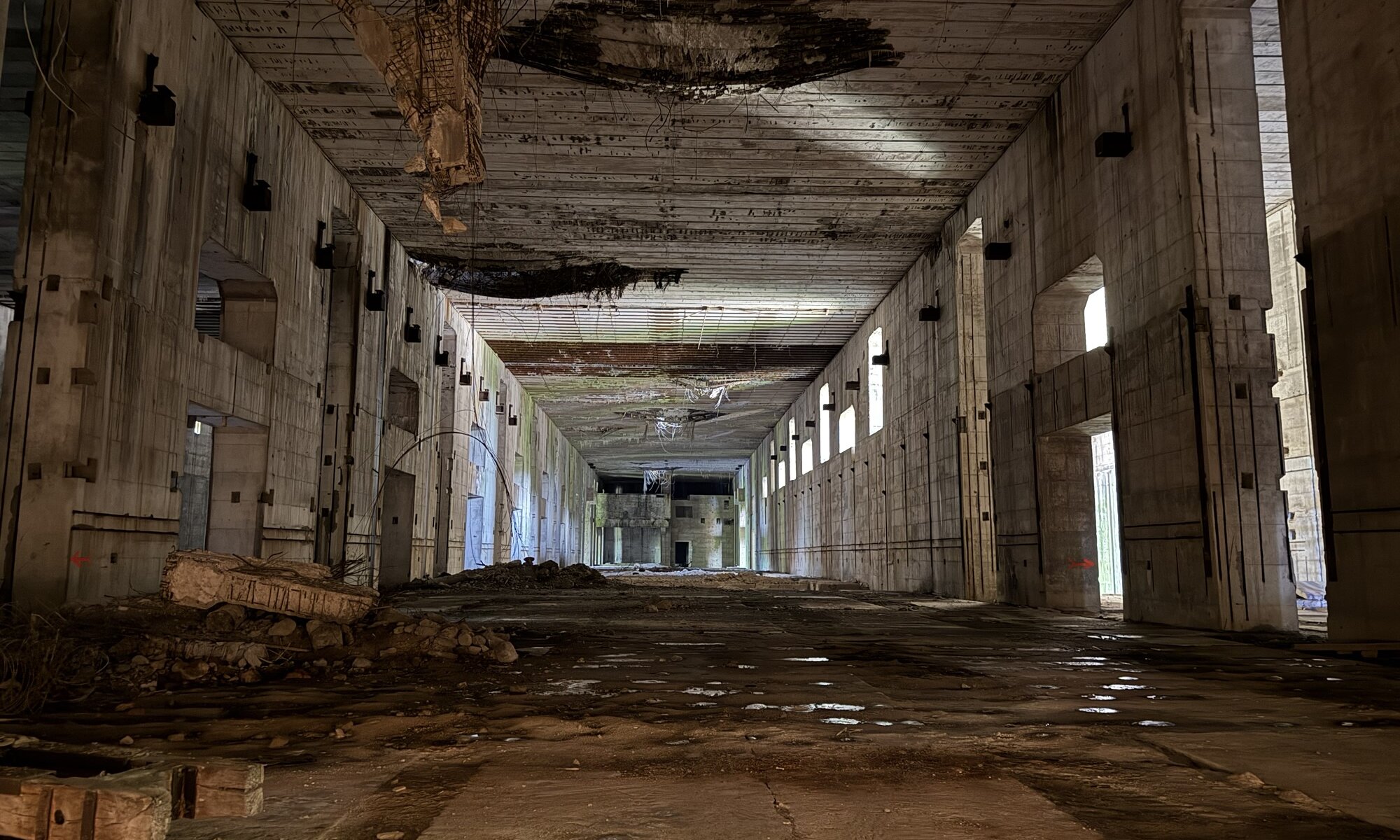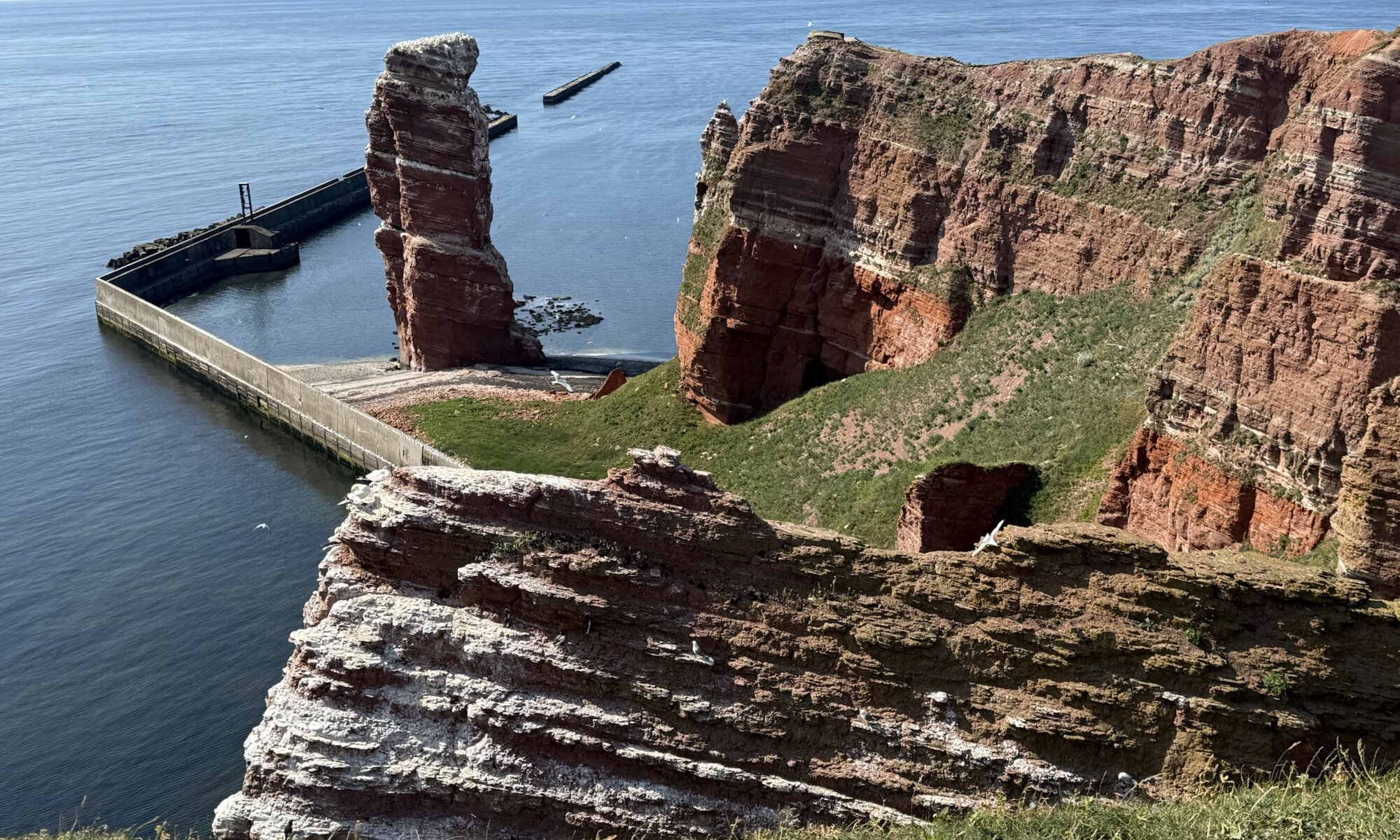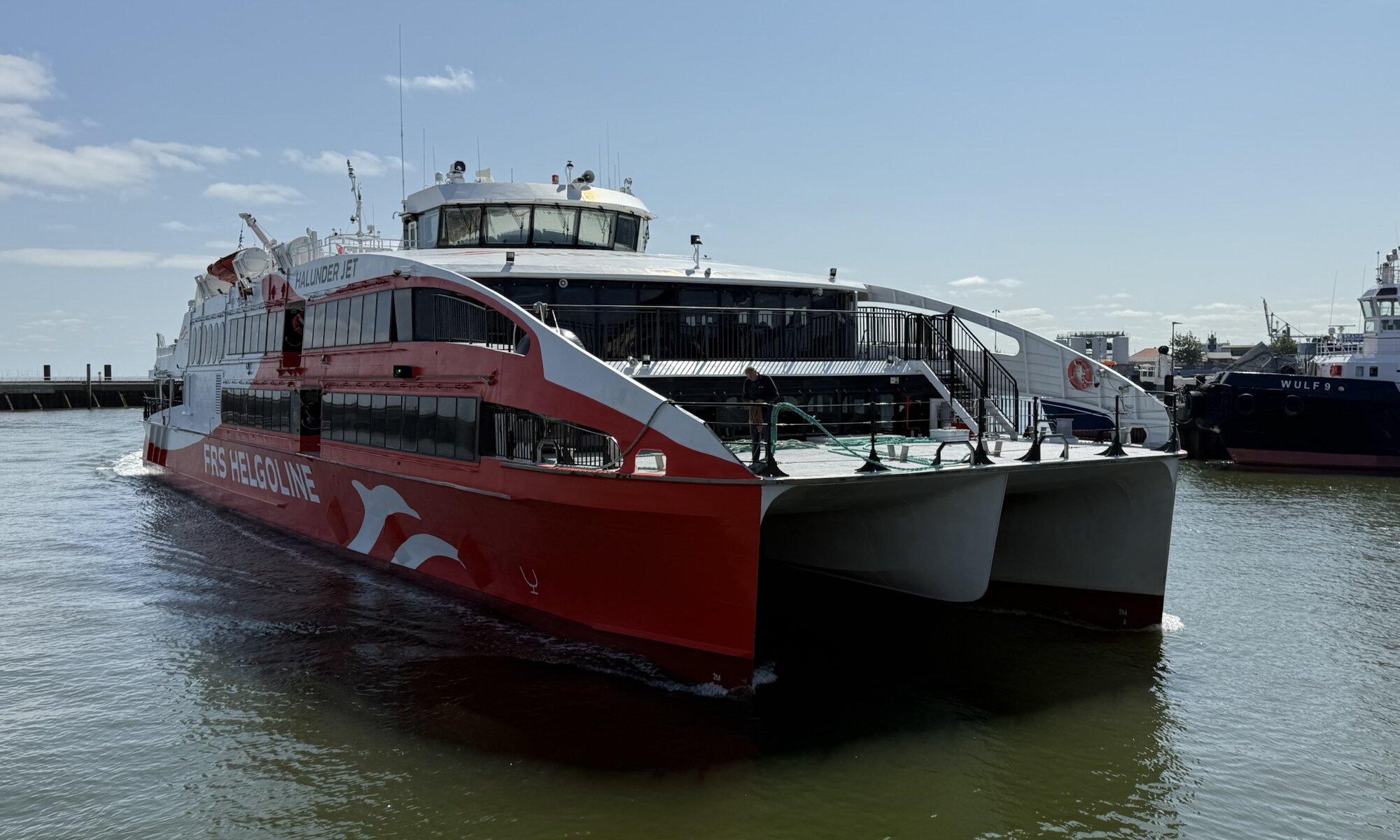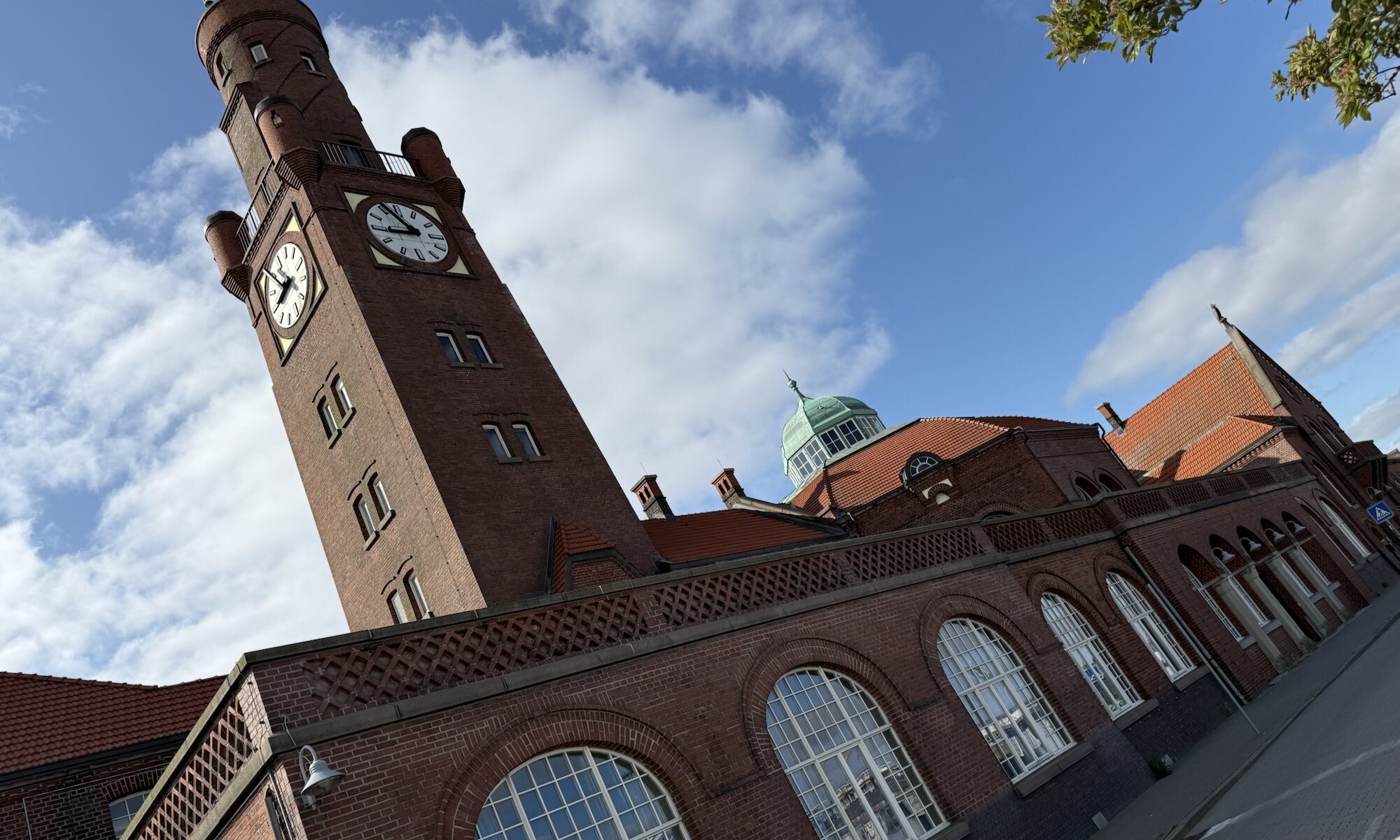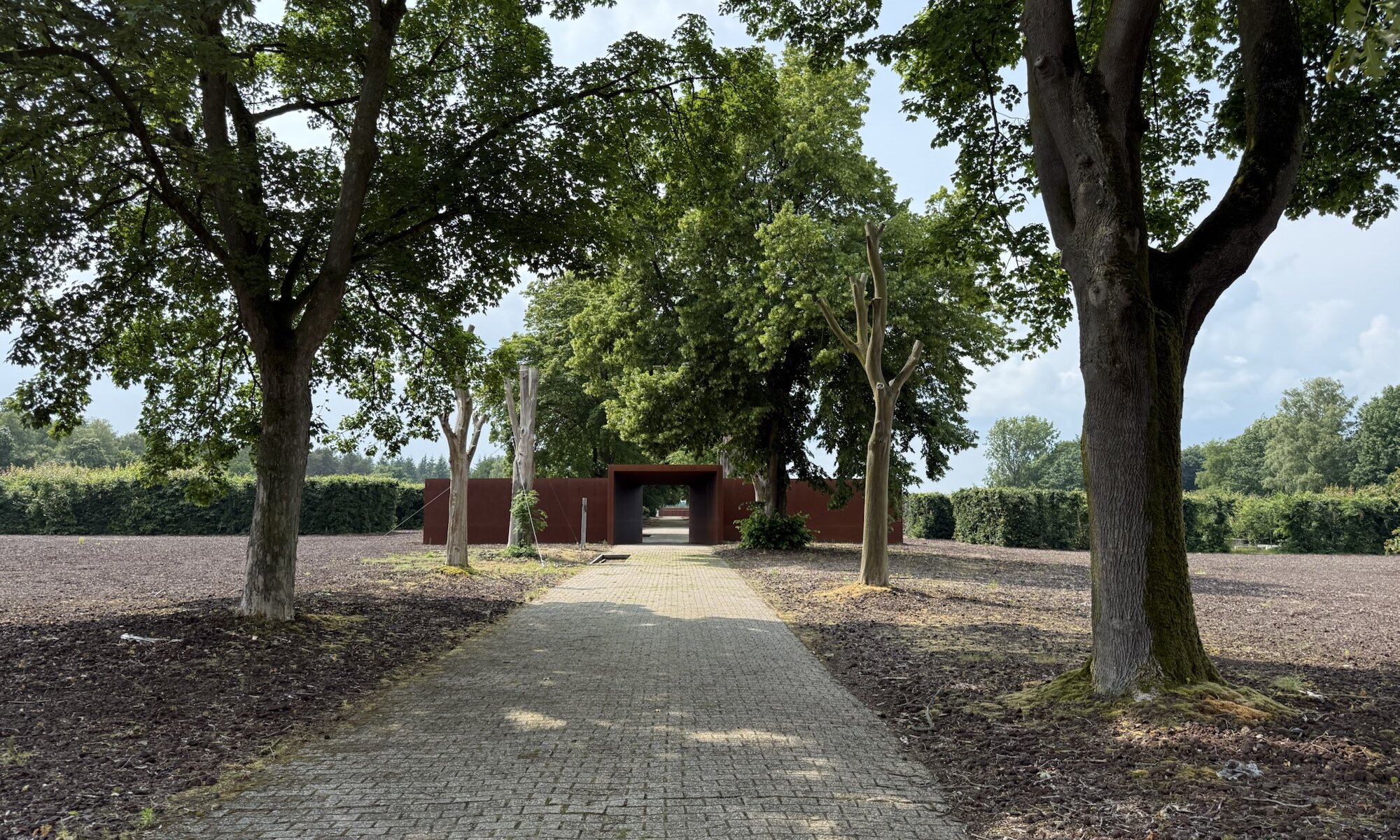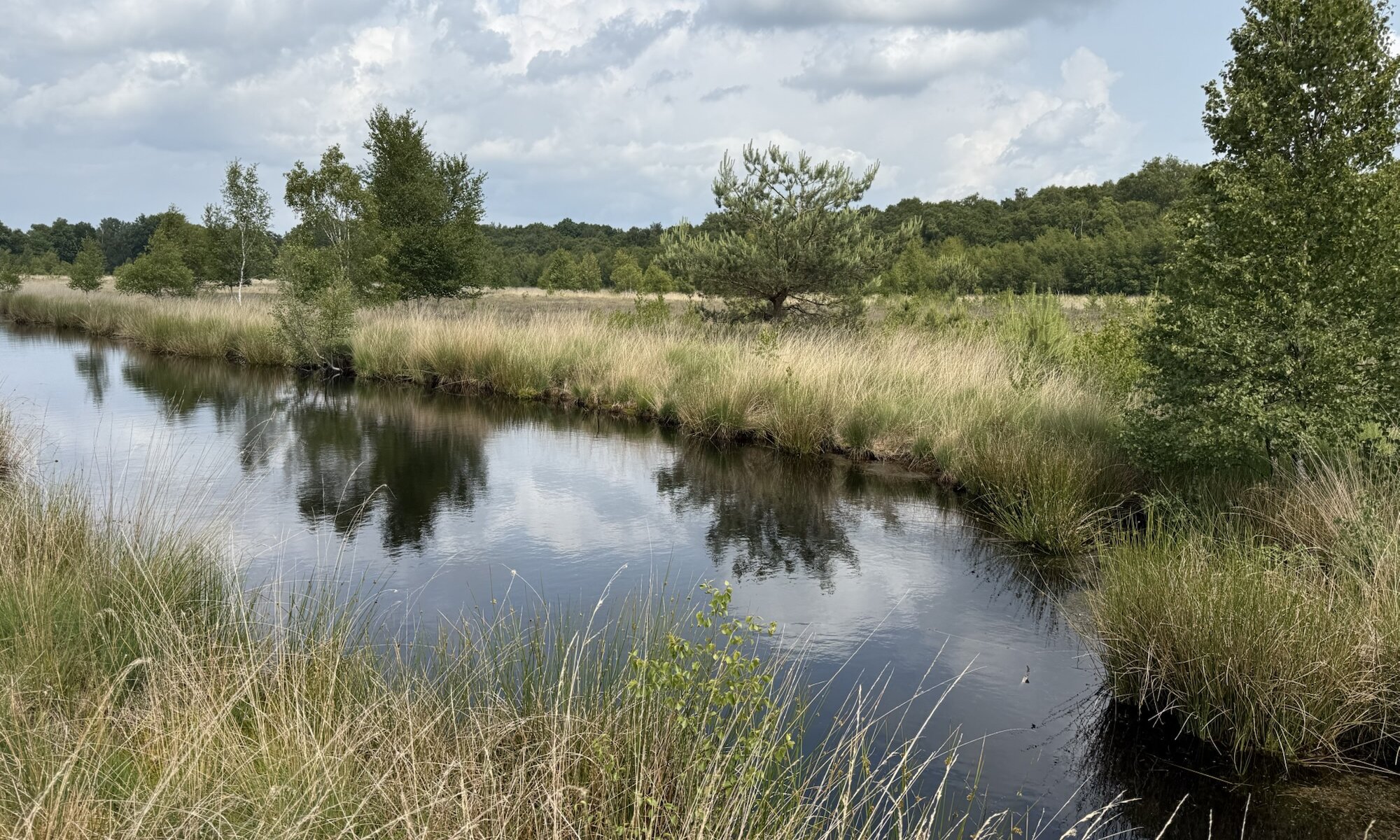On the western edge of München you can find Schloß Nymphenburg, a splendid testament to Baroque architecture and the grandeur of Bavaria’s royal past. The palace was commissioned in 1664 by Elector Ferdinand Maria and his wife Henriette Adelaide of Savoy, in celebration of the birth of their son, Max Emanuel. Initially conceived as a summer residence, it began as a modest cubic pavilion surrounded by gardens and auxiliary buildings, but over centuries expanded into a lavish complex under successive members of the Wittelsbach dynasty. The palace’s transformation mirrored the dynasty’s aspirations: its façade, gardens, and interiors were continually embellished, culminating in a breathtaking ensemble of halls, museums, and parkland.
Continue reading “Nymphenburg”Hirschgarten
The Biergarten in the Hirschgarten is truly a quintessential München experience, blending tradition, nature, and conviviality. Hirschgarten itself claims the title of the largest beer garden in the world, with thousands of seats beneath sprawling chestnut trees. As you settle in with a stein of locally brewed beer, the air hums with the lively chatter of locals and travellers alike. It is a place where families, friends, and solo explorers can relax, share laughter, and enjoy the simple pleasures of a sunny afternoon or a warm summer evening.
Continue reading “Hirschgarten”Dachau
The Konzentrationslager Dachau, located just outside München, was the first Nazi concentration camp established in 1933. Originally designed to hold political prisoners, especially Communists and Socialists, its brutal regime soon expanded its targets to include Jews, Roma, homosexuals, Jehovah’s Witnesses, and prisoners of war from various nations. Dachau became infamous as the model on which other camps were based and as a training ground for SS camp guards, making it a key site in the Nazi repression apparatus. The conditions and systematic cruelty left thousands dead and countless more scarred.
Continue reading “Dachau”Sachsenhausen
Visiting the Konzentrationslager Sachsenhausen in Oranienburg, just north of Berlin, is a sobering and deeply educational experience. Established in 1936 by the SS, Sachsenhausen was intended as a model camp, both in its design and its function. Initially, it held political prisoners, but over time, its population expanded to include Jews, Roma, Sinti, homosexuals, Jehovah’s Witnesses, and Soviet prisoners of war. The camp became notorious for its harsh conditions, forced labor, medical experiments, and systematic executions. After the end of the Nazi regime, the site was repurposed by the Soviets as a special camp for political prisoners and former Nazis, where thousands more perished.
Continue reading “Sachsenhausen”Bunker Valentin
Located near Farge on the banks of the river Weser just outside Bremen, Bunker Valentin is one of the largest above-ground bunkers in Europe and a haunting reminder of the final phase of World War II. Construction began in 1943, as the Nazi regime sought to protect its crucial submarine production from relentless Allied bombing. The plan was to assemble the advanced Type XXI submarines here, using innovative assembly-line techniques inside a massive, bomb-proof structure. The parts would have been preproduced in Hamburg and Danzig; the idea was to release a new U-Boot every 56 hours. The bunker stretches an astonishing 426 meters in length and 97 meters in width, with walls and a roof several meters thick – designed to withstand even the heaviest aerial attacks.
Continue reading “Bunker Valentin”Germany’s only high-sea island
Helgoland, Germany’s only high-sea island, has a rich and turbulent history shaped by its strategic location in the North Sea. Originally inhabited since prehistoric times, the island belonged to Denmark for centuries before passing to the United Kingdom in 1807 and finally to Germany in 1890 through the Heligoland-Zanzibar Treaty. Since 1932, Helgoland has been part of the Landkreis Pinneberg in Schleswig-Holstein, a unique administrative arrangement that ensures efficient governance despite its distance from the mainland. Pinneberg was selected as it is close to Hamburg, which has the best connection to the island.
Continue reading “Germany’s only high-sea island”Halunder
The Halunder Jet is the most efficient and enjoyable way to reach Helgoland. This high-speed catamaran is designed for comfort and speed, whisking you from Cuxhaven to Germany’s only true high-sea island in a bit more than an hour. If you prefer a longer ride you can also already start your trip at the harbor of Hamburg, giving you a nice tour on the Elbe river. The Halunder Jet is modern and has panoramic windows as well as spacious decks, and great amenities. The timetable gives you the option to either explore Helgoland in four hours (which is possible with good preparation) and return the same day – or to stay overnight and skip one boat.
Continue reading “Halunder”Hapag
Stepping into the world of Hapag is like opening a chapter of German maritime history that shaped global shipping for more than a century. Founded in the bustling port city of Hamburg in 1847, the Hamburg-Amerikanische Packetfahrt-Aktien-Gesellschaft – better known as Hapag – quickly became synonymous with reliable transatlantic travel and trade. In its early days, Hapag connected Europe and North America, carrying both hopeful emigrants and valuable cargo across the ocean. Over the decades, it grew into one of the world’s most prestigious shipping lines, pioneering new routes and building some of the largest and most luxurious ocean liners of its time.
Continue reading “Hapag”Emslandlager
The Emslandlager were a network of 15 camps established by the Nazi regime in the Emsland and Bentheim regions of northwestern Germany. These camps, including the notable Esterwegen camp, were constructed from 1933 and served various functions over time: they started as concentration camps for political prisoners, then became punitive and prisoner-of-war camps, and later housed a mix of convicts, forced laborers, and military prisoners. The camps were notorious for their harsh conditions and forced labor, particularly the draining and cultivation of the surrounding moorlands, which became a symbol of the inmates’ suffering and resilience.
Continue reading “Emslandlager”Die Moorsoldaten
The Zirkus Konzentrazani stands out as a remarkable episode in the early history of Nazi concentration camps, particularly at KZ Börgermoor in the Emsland region. Conceived by the actor and prisoner Wolfgang Langhoff, this ‘concentration camp circus‘ was a bold act of cultural resistance. Prisoners organized a satirical variety show, complete with mock circus acts, humor, music, and dance, cleverly using double meanings to subtly mock their captors and the Nazi regime. The event provided a rare moment of relief and solidarity among the inmates, allowing them to reclaim a sense of humanity and dignity in the face of brutal oppression.
Continue reading “Die Moorsoldaten”